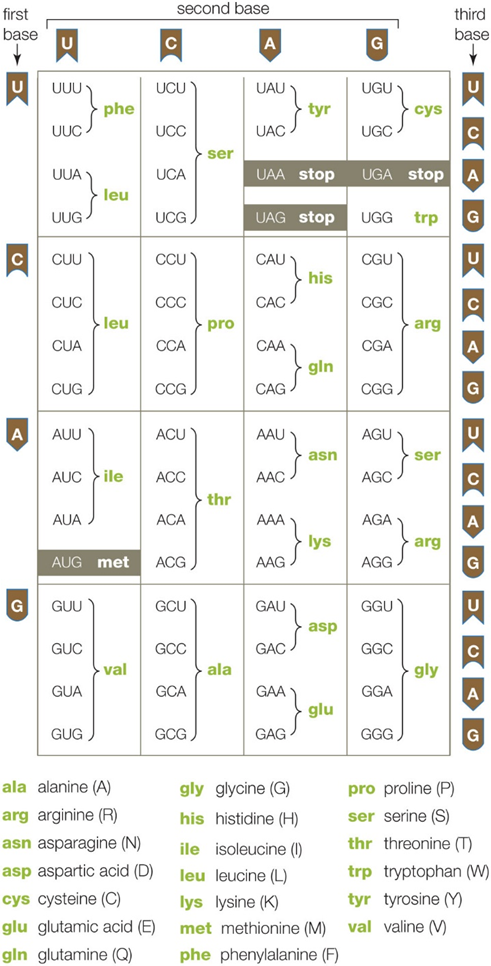When exposed to water, sodium chloride (NaCl) ____
a. dissolves into Na+ and Cl- ions
b. crystallizes into a solid
c. dissolves into Na- and Cl+ ions
d. crystallizes into a liquid
e. forms a hydrophobic compound
ANSWER: a
You might also like to view...
During the second half of an action potential, ____
a. potassium ions are leaving the cell b. the Na+-K+ pump is off c. sodium ions are moving into the cell d. the cell is approaching threshold potential e. the membrane potential is becoming more positive
The life cycle of a zygomycete differs markedly from that of animals because in this fungus, ____.
A. a sexual stage is absent B. mitosis occurs in the haploid growth stage C. there is no fusion of nuclei D. mitosis occurs to produce the haploid reproductive cells E. a diploid stage is absent

A. serine ? histidine ? lysine B. methionine ? arginine ? proline C. methionine ? alanine ? serine D. valine ? arginine ? leucine E. valine ? proline ? methionine
Hydrogen bonding produces which of the following properties of water?
a. Water boils at a lower temperature than expected. b. Water is less dense as ice than as liquid water. c. Water absorbs heat with a large change in temperature. d. Water releases heat with a large change in temperature. e. Water can be more dense as ice than as liquid water.